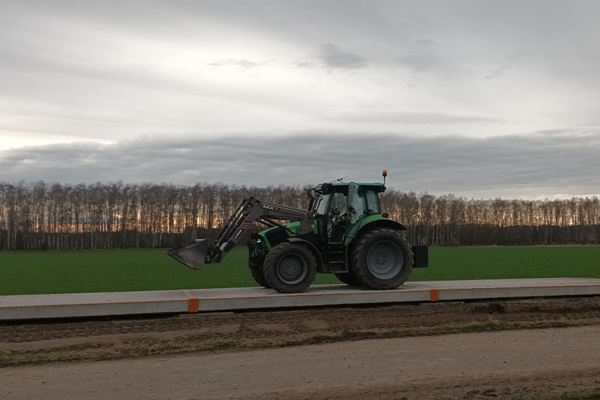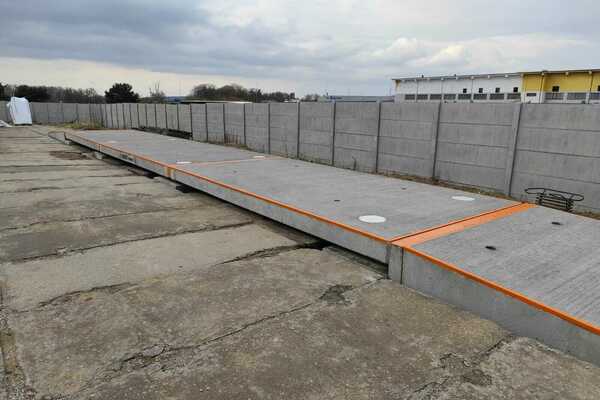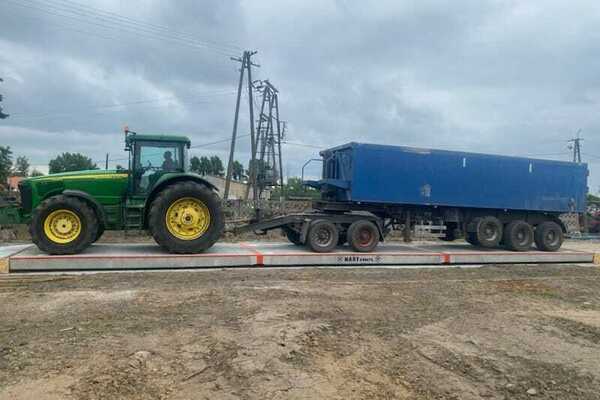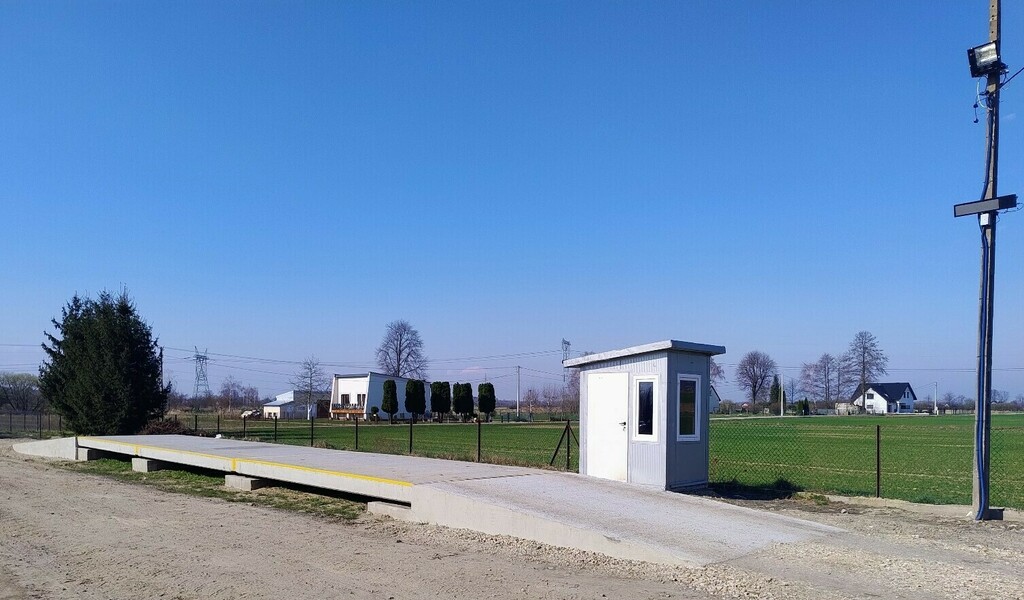
A guide for those planning to buy a vehicle scale
Basic information
Guide for those planning to buy a vehicle scale Basic information We provide basic information about vehicle scales and important tips for their correct selection and installation. We share our knowledge and the experience we have gathered by installing hundreds of these devices.
More information? Then please contact us by e-mail or telephone, contact details can be found on our website and additionally at the end of this guide.
1.The basic accepted division of truck scales is: elevated version and recessed version. However, this division applies only to the form of construction, while the scales themselves are practically IDENTICAL.

In weighing nomenclature, the term 'vehicle scale' is used to describe a weighing platform seated on strain gauges, together with a meter that sums and processes the signals from the sensors. For longer scales, the platform consists of two or three elements, mechanically connected to each other. The signals from the strain gauge sensors are converted by the meter into the total weight of the vehicle being weighed. The result is usually indicated on the meter's display, with the possibility of transferring the value via a specific communication protocol to a large-size display, PC or printer.
Thus:
a. if the weighbridge platforms are placed on foundations elevated above ground level (cast-in-place or prefabricated), we are dealing with an "elevated scale" - example below a. if the weighbridge platforms are placed on foundations elevated above ground level (cast-in-place or prefabricated), we are dealing with an "elevated scale" - example below
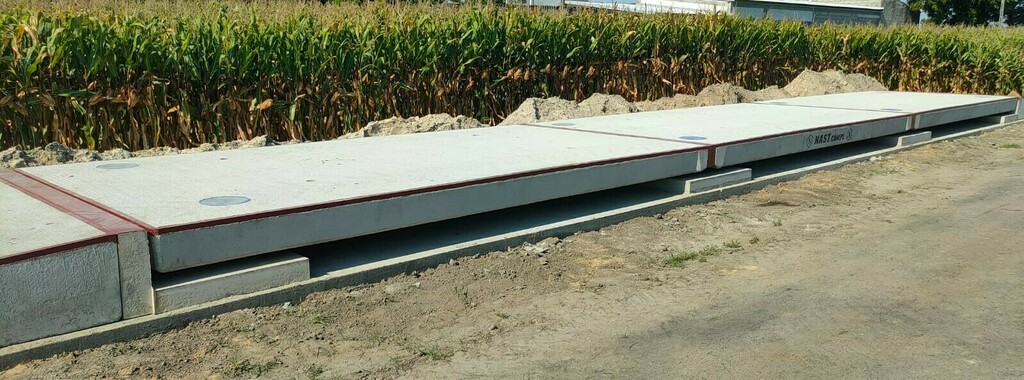
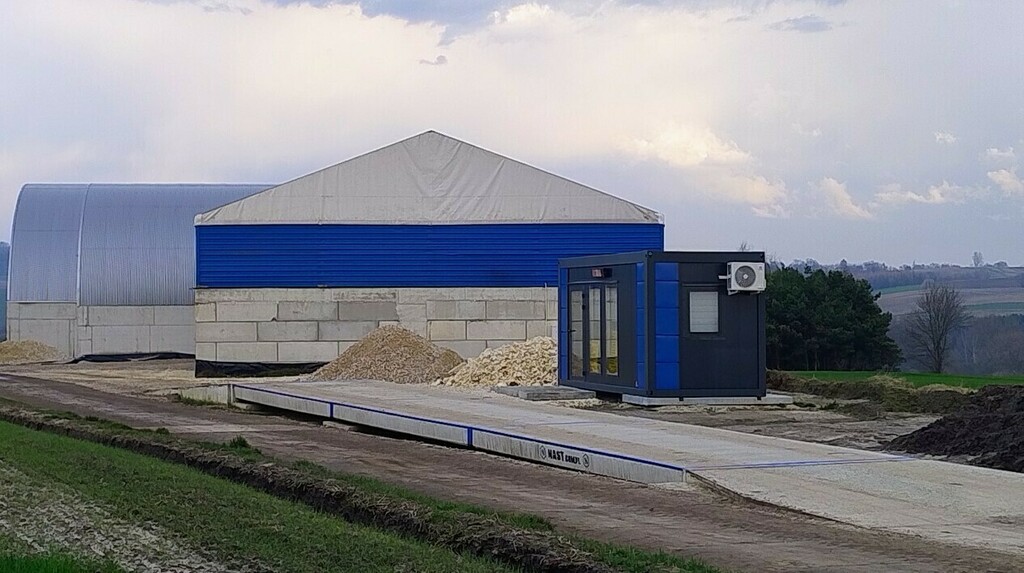
b. if the platforms are placed on foundations sunk into the ground and flush with the surface - this is a "recessed scale" - example below
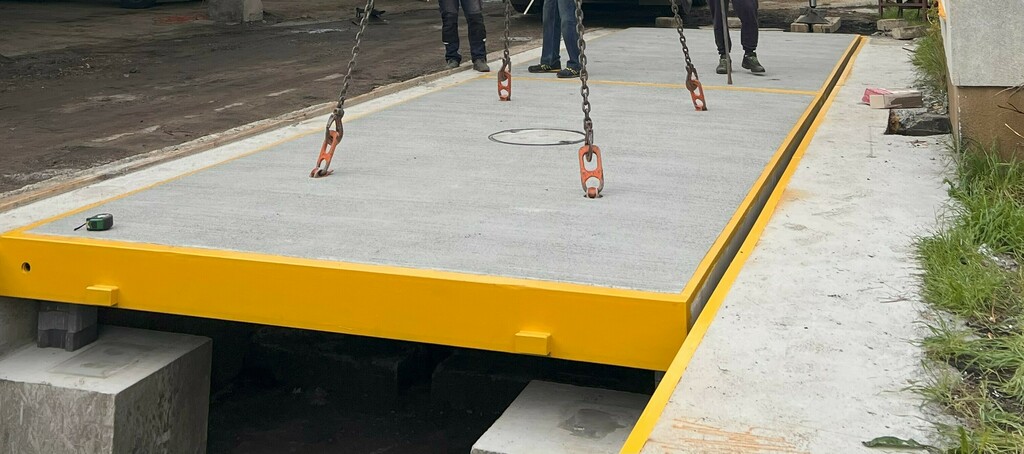
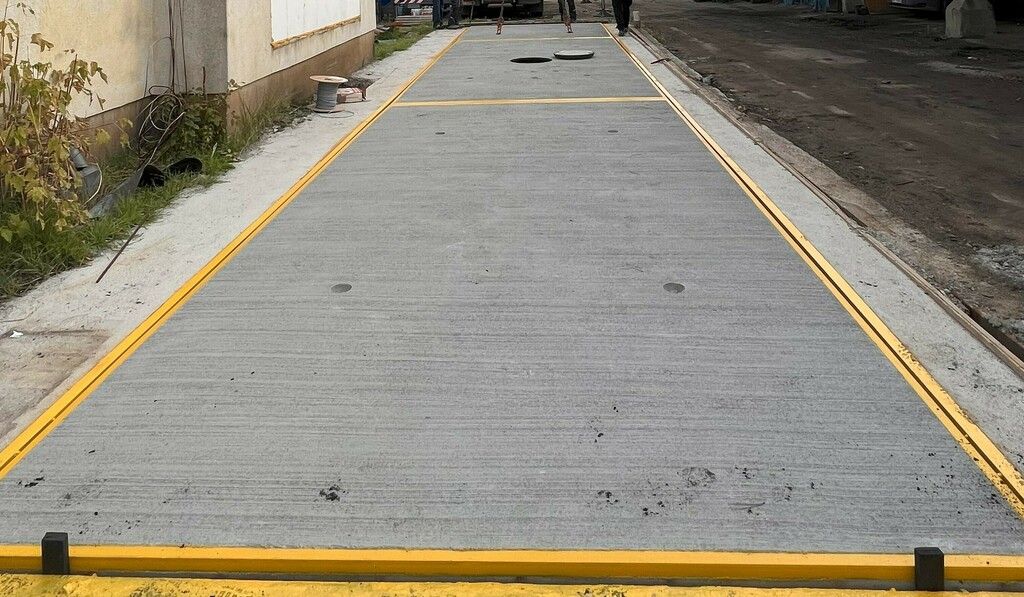
We will discuss the advantages and disadvantages of both forms of assembly in the conclusion.
2. What to consider when planning to buy a vehicle scale?
First and foremost on the overall dimensions and the maximum weight of the vehicles we intend to weigh - with the overall dimensions in practice being the length, as the width of the scale is usually 3m.
Individual weighbridges are generally 3m wide, 6m long and mechanically connected in series, so logically the lengths of the weighbridges should be multiples of six metres. In practice, however, scales shorter than 14m and longer than 18m are rarely used. Individual platforms shorter than 6 m are made to order, so there is also the possibility of making scales 'to size'. By the way: due to the almost length-independent number of strain gauge sensors, as well as the same electronics and similar transport costs, the price of a scale, e.g. 12.5 m long, is of course lower than that of an 18 m scale - but not in proportion to its length by as much as a third. Thus, the difference in price is unlikely to justify saving up and buying a scale 'to fit' your needs.
For a recessed scale, a space of the length and width of the required scale plus the thickness of the foundations all round is required, as well as manoeuvring space to allow all wheels of the vehicles to be weighed to enter the scale "straight on".
For the elevated weight this is not the case. The height of such a scale on horizontal ground is approximately 0.4 m with a cast-in-place foundation and more than 0.5 m with a precast foundation. Therefore, we also have to take into account the weighted invasions (cast-in-place or prefabricated), whose lengths are usually 2 x 4.5 m. If the ground IS NOT horizontal, it may be necessary to make an even longer overrun and higher foundations, i.e. using more concrete.
For example: for an 18-metre scale as above. on a horizontal ground we need a space of length: 18 m + 9 m + 0.3 m (with NAST prefabricated foundations) + approx. 0.2 m reserve, i.e. a rounded minimum of 28 m in length and a width of just over 3 m. Plus a straight section of road to enter and exit the scale.
3. Shape and type of substrate.
The plane of the scale must always be horizontal, so even if "to the eye" the ground appears horizontal, it should be checked with a LEVELLER. We start any plans for the installation of the scales with the use of this device, because even if prefabricated foundations and invasions are used, the ground must be level and of sufficient firmness. We recommend that you contact our company by phone or email regarding this matter. On the agreed date, a specialist will arrive with the equipment, take measurements and, in addition, advise you on the most suitable version of the scale. It will also confirm the possibility of entering and unloading the transport with the weighing scales due to possible obstacles such as: bridges on the access road, power/telecommunications networks, insufficient width of the access road at bends, limited load-bearing capacity of the access road, etc. The components of the scales are large in size and heavy in weight: the weight of one weighbridge is 12 tonnes and one prefabricated inrun is approximately 9 tonnes. Driving in a transport platform with platforms, setting up a crane, unloading and assembling is a responsible logistical task so it makes sense to have it verified by someone with experience. So all the more reason to take advantage of our offer to meet in advance and make a site visit.
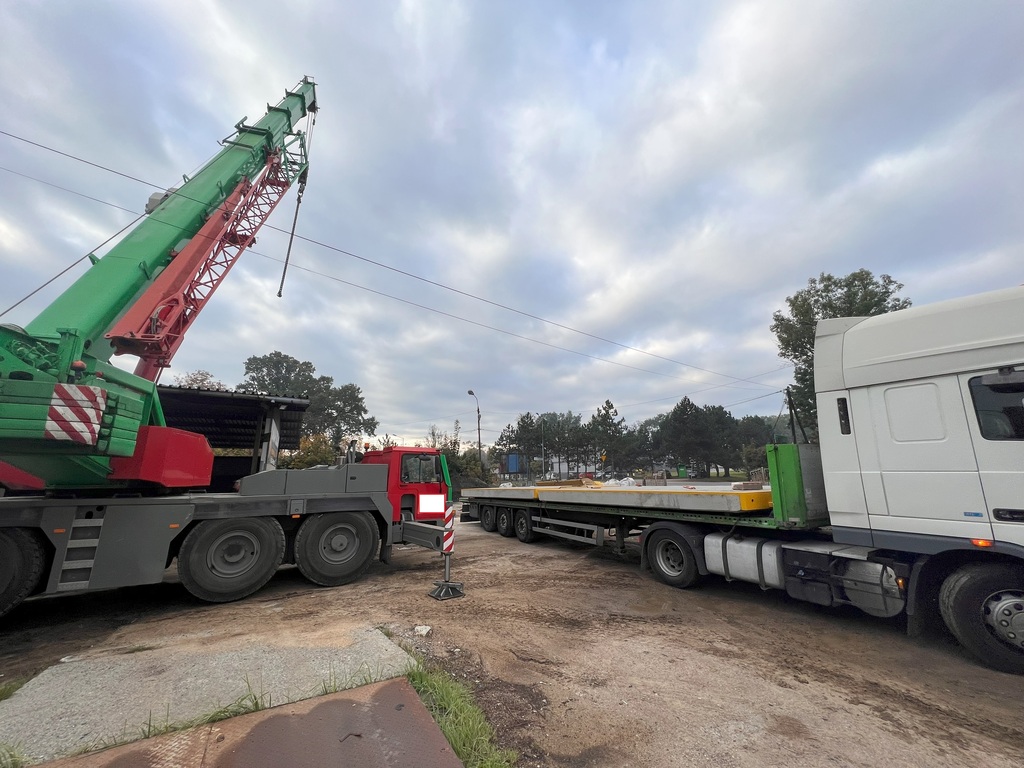
4. Weighbridge facilities and equipment.
A weighing indicator with a small display has to be mounted somewhere. The easiest way is in a "kiosk" type box next to the scale, but most often in the adjacent booth where the scale operator works. Sometimes it is also the company's gatehouse. An indication of where the weighing indicator is installed and where the 1x230V power supply is sourced enables the installation to be designed and the required cable lengths to be calculated. The equipment of the scale also needs to be agreed.
a. Printer The basic version makes it possible to print out the result of the measurement taken, together with the date and time. This is almost always a required accessory for the scale.
b. Large-size display Mounted mostly outdoors and equipped with large luminous digits, it indicates the result of the weighing to the operator and the vehicle driver. It is also almost always the ordered equipment of the scale.
c. Weighing software Installed on the user's computer, the scales, when connected to the weighing meter, enable the recording of measurements, the recording of weighed assortments and other material flow functionalities.
d. Foundations and invasions The strain gauges and platform(s) will be placed on the foundations (alternatively on a foundation slab), so they must have sufficient load-bearing capacity and a perfect level. Although the foundations should only provide support for the platforms in the designated areas, it is good practice to fill the remaining area under the scale with a thin layer of concrete as well - especially on unpaved ground. This makes it easier to keep the scale clean and prevents the spaces between the foundations from becoming overgrown with weeds.
NAST offers both prefabricated foundations and invasions as well as their construction at the customer's site
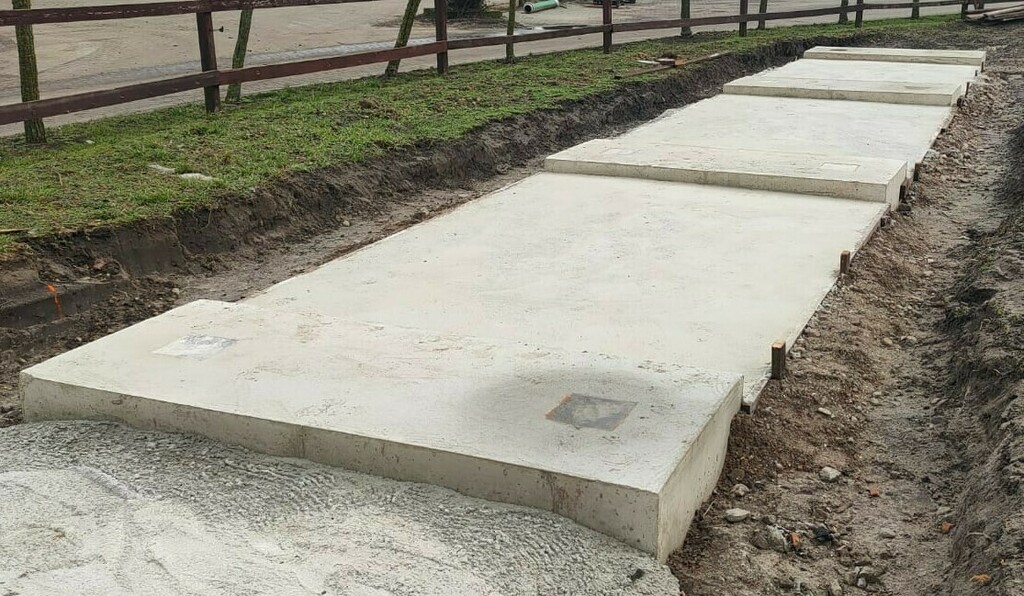
Self-built invasions must also be profiled in such a way as to allow easy entry and exit for all vehicles intended to be weighed. Ramps must not come into contact with weighbridge platforms.
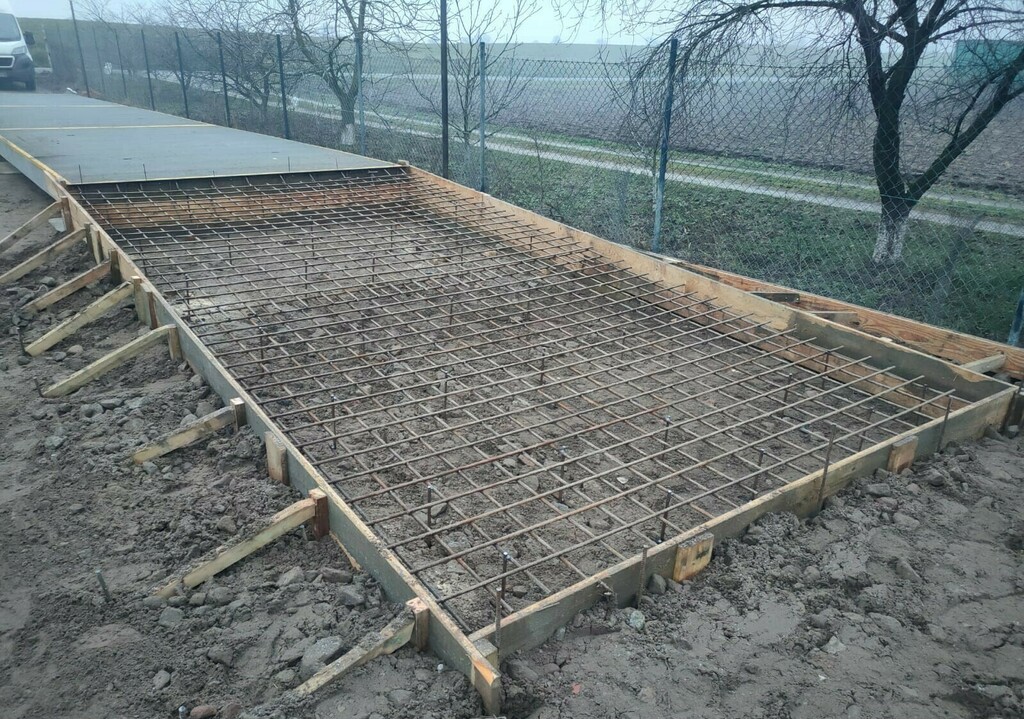
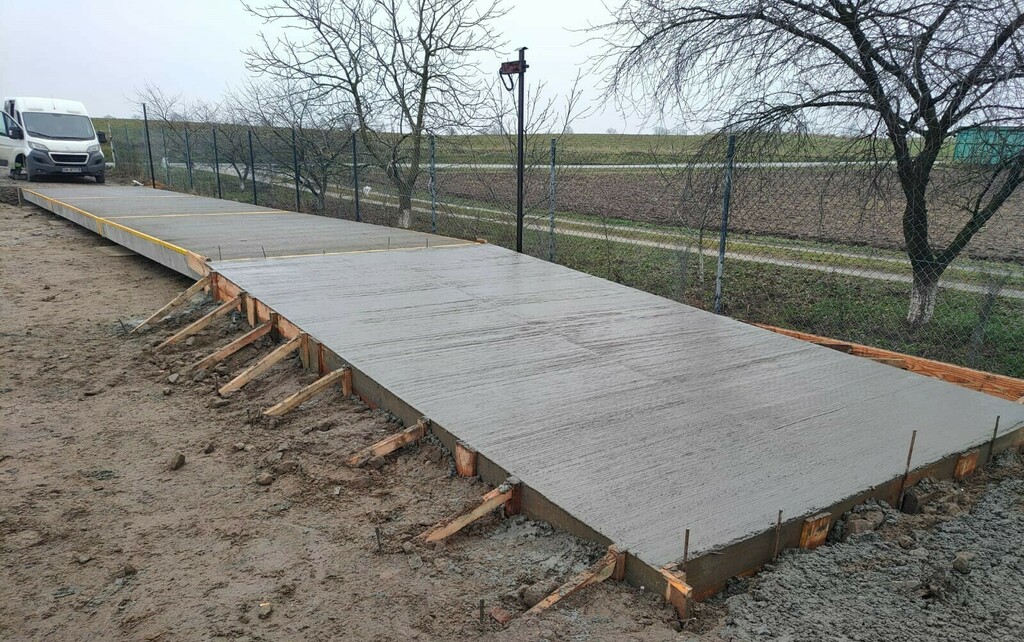
Prefabricated foundations and invasions (example below) guarantee the necessary strength and, when bought together, speed up the installation time of the scales by a minimum of one week. The scale with all prefabricated elements looks more aesthetically pleasing and additionally : The WHOLE structure will be covered by NAST's liability and guarantee. If additional conditions are met, even up to 15 years!
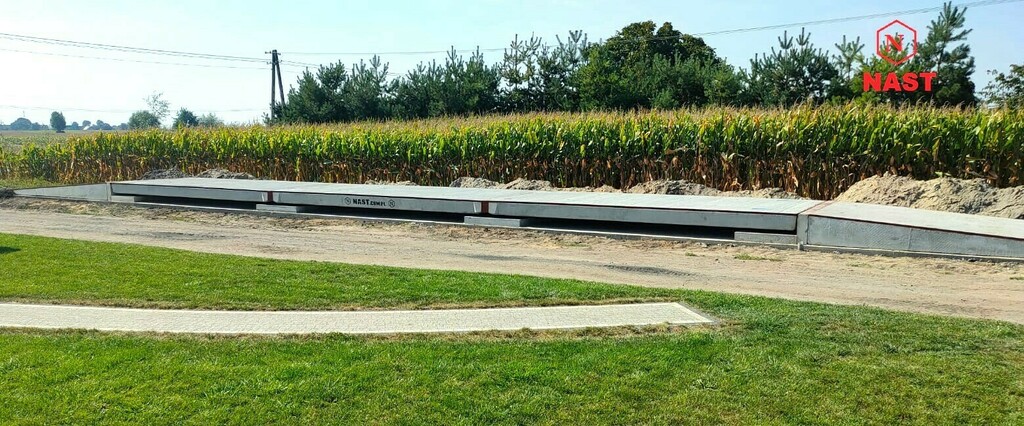
e. Barrier(s). If there is a need to block the entrance and/or exit of the scale, especially if there are a large number of vehicles to be weighed
f. Any others needed. This could be a number plate reader, lighting, a signal box authorising entry to and exit from the scale, etc. In this respect, the needs and imagination of the client are decisive, but we are also able to advise 5. Legalisation. If required: a declaration of conformity issued by authorised persons (NAST has such authorisation), commonly referred to as first verification. It remains valid from the date of issue until the end of the calendar year plus two years. Calibration of the scale using certified weights is required for its issue. Subsequent legalisations - if required - also require calibration using certified weights and must be signed off by an authorised Inspector.
6. What not to do on vehicle scales.
Due to the mechanical connections of the platforms and their foundation on the point strain gauges, the following are not allowed: a. Get on and off the scales quickly. Speed on the scale is usually limited to 5 km/h b. Do not brake hard on the scale c. The scales should not be entered transversely - although this is possible for the recessed version. d. Due to the nature of the design, a recessed scale should not be treated, for example, as a car park when not in use. When parking, it is often necessary to make manoeuvres that are forbidden e for weight. No work may be carried out on the weighbridge using, for example, impact hammers, vibrators or checking any vibration-generating machinery. Nor should heavy objects be dropped onto the platform f. It is not permitted to weld the steel components of the balance in a way where welding currents would flow through the strain gauge sensors or the electrical installation of the balance. This risks damaging the measuring system!
7. Finally, an illustrative comparison of the recessed and elevated versions of the truck scale.
| Relevant factors | Elevated version | Recessed version |
| Water, ice | No problem with water, ramps may need de-icing in winter | The foundation channel MUST always have unobstructed drainage! |
| Entrance/exit | - Always more difficult than with recessed, flush scales
- The driver must take extra care not to drive into the weight gauge
| Seamless with the conditions of pt. 6 |
| Scale space required | - length: in addition to the space for the scale itself, the length of the ramps must be taken into account, as an estimate: length of the scale itself plus a minimum of 10m
- the width of the foundations, which is usually identical to or slightly greater than the width of the scales
| Only the dimensions of the scale plus the thickness of the recessed foundations (on the order of 0.25m) around the scale |
| Weighing of each vehicle axle individually | no | no |
| Entrance/exit at an angle to the length of the scale | Practically impossible, especially with a large vehicle | Practically possible but not recommended/allowed |
| Weighing more than one vehicle at a time | Yes, as long as the vehicles with all wheels are on the scale | Yes, as long as the vehicles with all wheels are on the scale |
www.nast.com.pl , biuro@nast.com.pl, +48 602 628 877, +48 799 277 700










